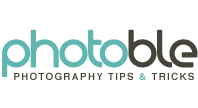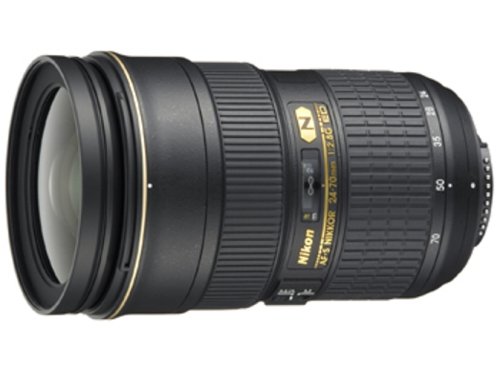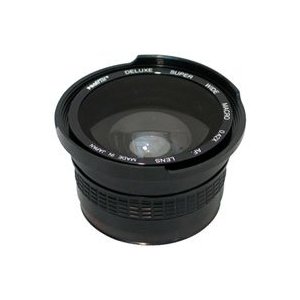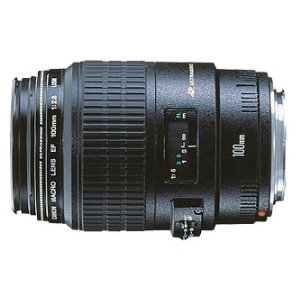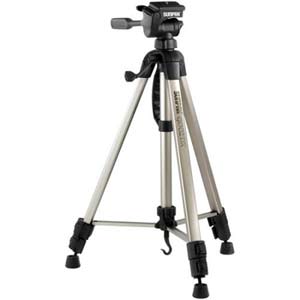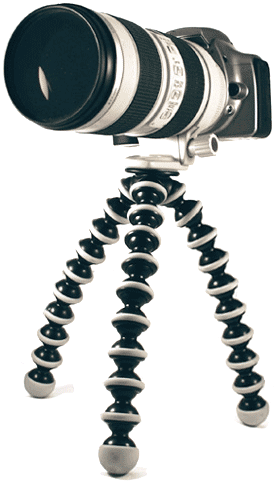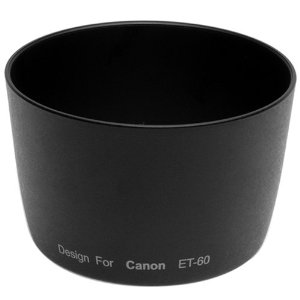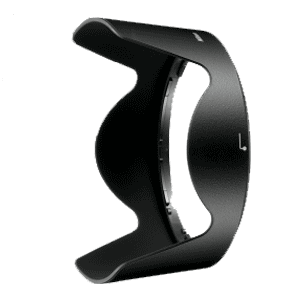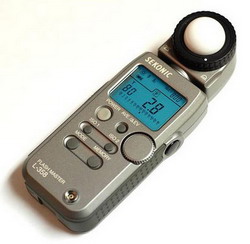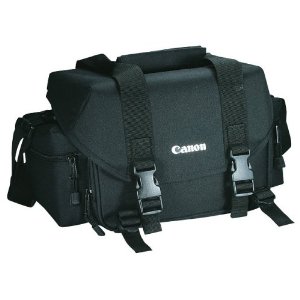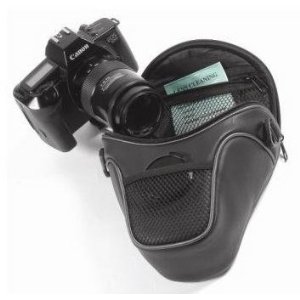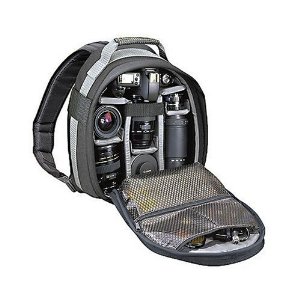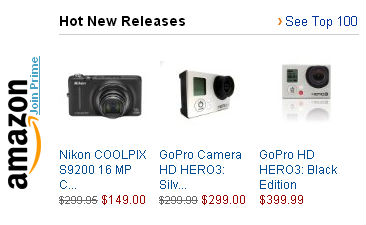In photography, some of the accessories you accumulate can be essential to improving your shots. They can improve your mobility, compositions, usability of your camera and reduce unforseen weather and unknown location annoyances. But, figuring out what accessory is used for what and which one is a good fit for you as a photographer (especially when many are expensive) can seem daunting. Here are some, but by no means all, of the accessories you might find helpful when shooting in different situations.
1. LENSES
Most point and shoot cameras do not give you an option for a lens, so you will be stuck with whatever zoom and features it offers. But, for those who venture into a digital SLR or manual SLR camera, different lenses can greatly widen the cope of what you can photograph and how well the shots will come out. You can detach and attach the different lenses as you need them. First of all, most camera lenses are telephoto lenses. The telephoto lens is is a specific construction of a long focal length of a photographic lens which the physical length of the lens is shorter than the focal length. Telephoto lenses are best known for making distant objects appear magnified.
Zoom Lens
With this kind of lens, you can widen or shorten the lens’ focal length to increase or decrease the magnification of the subject. Zoom lenses do have small apertures and so are not very well suited to taking pictures in low-light situations. Zoom lenses come in a huge variety of size, features and brands. It all depends on your level of photographing skill and what subjects you are going to be shooting. The larger the zoom does not mean better photographs. One of the most important things to consider is if a lens is an optical zoom lens or a digital zoom lens. An optical zoom lens magnifies the image. A digital zoom lens crops the image after the you get to the maximum zoom. A digital zoom enlarges and crops the image seen in the viewfinder instead of magnifying the subject. This will lower the resolution and quality of the image. Choose better quality with an optical zoom lens.
Wide Angle Lens
A wide-angle lens has a wider field of vision than the human eye so it is ideal for landscapes since it can give a much larger scope than what you actually see. This gives a much greater sense of expanse and scope. A wide-angle lens can also focus on the foreground and background at the same time. Do not use this kind of lens if you want to focus on a particular subject detail.
Fisheye Lens
This lens distorts the subject image, producing photos with curved and convex appearances. Because the scope is so much larger than the eye’s field of view, it can create an effect like looking through a door’s peephole. It will curve the horizon line and greatly distort objects in the immediate foreground. This lens can also be very popular with landscape photographers.
Macro Lens
A macro lens used to take extreme close ups of objects. Its short focal length lets you to take pictures at close distances without distortions. The resulting image is as large as, or larger, than the original subject. It is great to use to focus on a very small detail with a blurred out background.
Fixed-Focal Length Lens
This is a permanent, non-adjustable lens. They have a fixed focal length and so technically have been zoomed in to a particular view for you. They are ideal for low-light situations and are great when you are starting out because you have to focus on composition and subject matter without getting distracted by all of the zoom possibilities.
2. TRIPODS
The main function of a tripod is to avoid having blurred photographs. There is only so much you can do as a photographer to hold your camera still, especially when the lighting is low. The general rule is that any shutter speed below 1/60 sec. is too slow to hold without blurring the photo. For long exposures or even on bulb settings, a tripod is a must. They come in a variety of prices, materials and possible functions.
Some are very complex and some are made in particular for getting down on the ground and shooting in any situation. Some can bend in any position and can even be attached to other objects for tight situations.
Many high-end tripods come with a 360 degree function that allows you to attach your camera and position it in 360s of view and adjust easily per shot.
3. LENS HOOD
Also called a lens shade, this is a device used on the end of a lens to block the sun or other light source in order to prevent glare and lens flare. A lens hood can vary from a plain conical section to a more complex cut sometimes called a flower, petal or tulip hood. This shape is used to prevent blocking the field of view on the lend and producing vignetting. This is a great accessory to have on high-light siutations or almost on any day shooting outside.
4. FILTERS
There are so many different kinds of filters, the list would be endless. They can be used to reduce ultraviolet light, for color correction, color separation, contrast enhancement, polarizing, infared, solar filtering, diffusion, sepia tones, split focus and to enhance and correct black and white shots.
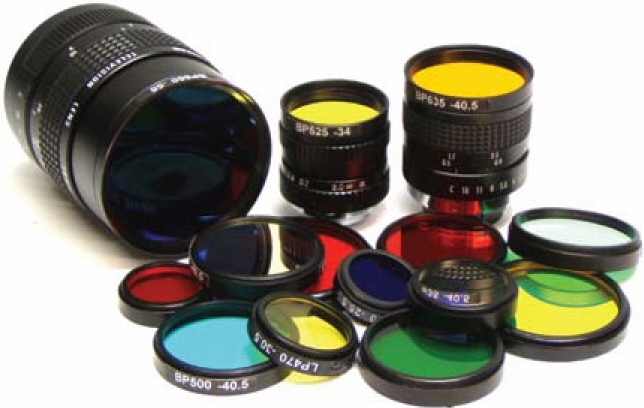 Depending on what you need to do, adding these on to the front of your lens is an amazing way to correct your photographs in the camera rather than relying on a lot of post work. If you are having particular problems with certain shots, do some investigation and see which one would be best to correct the issue. I use the color filters to adjust and add contrast to my black and white shots all the time.
Depending on what you need to do, adding these on to the front of your lens is an amazing way to correct your photographs in the camera rather than relying on a lot of post work. If you are having particular problems with certain shots, do some investigation and see which one would be best to correct the issue. I use the color filters to adjust and add contrast to my black and white shots all the time.
5. EXTERNAL LIGHT METER
A light meter is used to measure the amount of light in a field of view. Most SLR cameras have built in light meters. Depending on your calibration and the situation where you are shooting, an external one might come in very handy. A light meter is often used to determine the right exposure for a photograph. Typically a light meter will include a computer, either digital or analogue, which allows the photographer to determine the shutter speed and aperture should be selected given the amount of light and film speed. They can be very accurate and help you determine all you will need to create a near perfect exposure, espcially for those shots you have taken such a long time to set up. Usually, they are as easy as holding the meter up to the area you are working in and clicking a button. The meter will give you the rest of the information.
6. CAMERA BAG
This choice is very personal and depends so much on how you photograph, where and what you want to carry with you.
Before you purchase a bag, think about how you shoot. Is this for a long distance trip where you might want to bring many lenses and other accessories? On this trip, will you be on the move and needing to grab each accessory during the day? Then maybe a cushioned backpack or sling bag as best. You can safetly pack everything and access them easily.
Do you have just one camera body and lens? Then maybe a simple carrier that really just protects your camera when you are not using it is the right choice.
What is most comfortable for you to carry. Do you prefer something on your hip or on your back? How many pieces of equipment are you carrying? Do you need to carry your tripod as well? You may be carrying this bag a long way and it may be heavy. Comfort is really important and so is the safety of your camera and other equipment. I often shoot with another photographer and so the backpack is great because he can grab what he needs when I am carrying the bag and visa versa.
There are so many other camera accessories that I did not mention. If you have been on a shoot and thought of something that you needed or would help the outcome of your photographs, look into it, because it probably exists and it within your reach!
